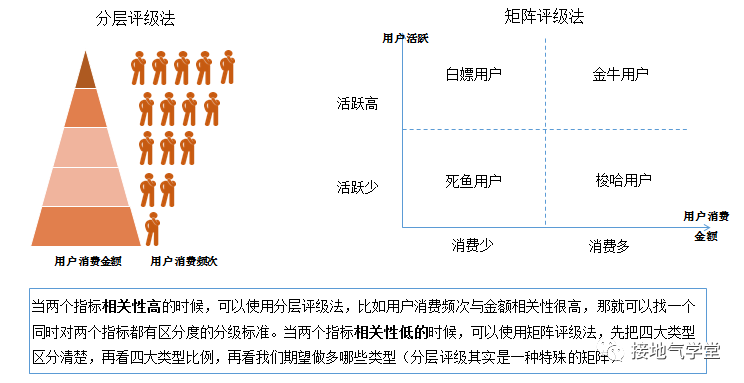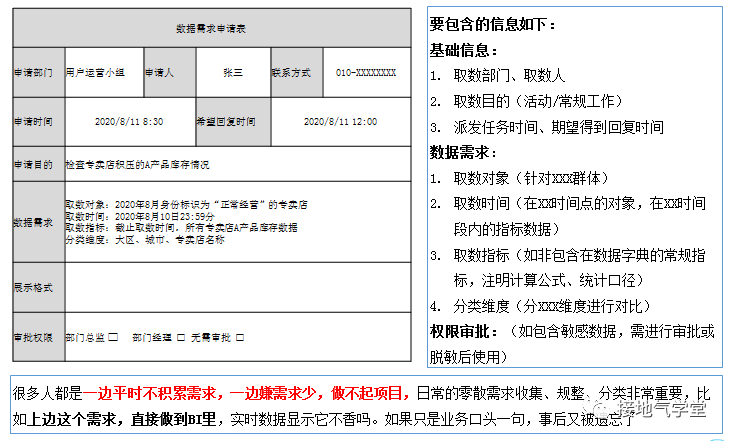If you can clarify the above four points, it is considered a complete entry and has the potential to advance to the next level.
Editor’s note: This article from the micro-channel public number “ground gas school” (ID: gh_ff21afe83da7) , of: The down-to-earth teacher Chen.
Many students are confused: I want to be a data analyst, but I learned a lot of ESP software operations, read a lot of statistics and machine learning books, and ran a lot of data sets. As a result, I have been fetching data every day after I joined— -And it is still very basic data. Does that count as a beginner? At what level is a true data analyst? Let’s explain the system today.
In essence, the problem comes from: The description of data analysis on the Internet is too idealistic. The job that originally requires comprehensive skills is abstracted into a series of simple operations, which creates an illusion: as long as I copy the case Once you go through the code, you will do a few SQL questions, and you will enter the model code into sklearn and run it once, even if it is data analysis. But in fact, as a job, data analysis needs to work in a specific company, face specific business problems, deal with specific system conditions, and deal with colleagues of all colors. It requires far more than basic operations (as shown below).
Furthermore, new recruits do the most to run, which is dirty work. If you are asked to come in and not do the dirty work, do you let the old birds do? Originally, with the ideal of “becoming a data scientist” as a “data-driven business”, it was a huge psychological gap that newcomers would not be able to accept. The only question is: how to accumulate the four skills in the boring and boring basic work to make yourself stand out as soon as possible.
1 First, business understanding
If you don’t understand the business, you won’t be able to analyze it, but the business itself has a very broad meaning, divided into five parts: business model, organizational structure, business process, business strategy, and implementation. realistic. As an entry-level data analyst, the core thing is to understand the following five questions:
1. How many departments do we have?
2. Which department/group is my current connection?
3, What are they most concerned about?
4. What are they doing recently?
5. Where is the data they want used?
These four questions are very simple. Just take a look at OA and talk to the docking person for a few words to understand them. Although simple, this step is very critical. First, no company is rigorous enough to write all business processes as SOPs, so if you want to truly understand the business, you must communicate in detail. Secondly, if you want to analyze in depth and influence decision-making, it all starts with a good relationship with the business. Normal communication is essential. Thirdly, the indicators and judgment standards that businesses often care about can be understood. This is the biggest difference between doing work and studying textbooks. In reality, no one in an enterprise has something ready to feed, so you have to do it yourself.
2 Second, analytical skills
Entry-level data analysts all complain: I’m running counts every day, I don’t know how to analyze. In fact, as long as you know how to do the picture below, even if the entry-level analysis skills are qualified, it’s as simple as that (pictured below)
Finding standards is crucial! Because the data itself does not reflect the problem, the data + standard is the problem. Without standards, it means that there is no analysis conclusion. The standard is fuzzy and fickle, which means that the judgment of right and wrong will be completely reversed, the analysis experience cannot be accumulated, the model can not standardize the positive and negative samples, let alone the training model. If you want to do in-depth analysis, you will be unable to start.
In fact, most of the newcomers are: they don’t understand the search criteria, they only know the data. Because standard issues are often overlooked, even many elderly people who have worked for 5 years have a single mouth: “This habit is considered good”. As for what the habit is, it is not clear at all. Even a lot of online teaching data analysis courses are taught: “Falling is not good, rising is good, and falling should be high!” It is really doubtful whether these online teachers have ever sat in the office of a serious company.
The ability to find standards is one of the key steps for a rookie to become a master (note that there is “one” here). As an entry-level newcomer, you must master at least four single-dimensional standard methods:
When the standard involves 2 evaluation dimensions, you also need to master 2 cross-evaluation methods (as shown in the figure below). As for the evaluation of 3 dimensions and above, it is no longer an entry-level requirement, and more complex dimensionality reduction methods are required. Or comprehensive evaluation method.
Have the ability to find standards. Only in this way can we take the initiative when communicating with the business and reflect our professional capabilities; in this way, we can identify whether the business is fishing in troubled waters, entangled in troubles, crossed the sea, and concealed; in this way, we can accumulate analysis experience and pave the way for in-depth analysis. In short, in your daily work, you must always remind yourself: What is the judgment standard. When the standard is not clear, try to find the standard.
3 Third, work ability
Data analysis is only an auxiliary department. You need to be able to come, carry the banner, and set up the project to easily see the credit. Therefore, the core work capability of a data analyst is how to generate independent projects. But doing projects independently is too far away for newcomers. The core of the newcomer can do one thing: make a data demand table, it looks like this:
Completing the data requirements table is one of the key steps for the advancement of a rookie to a master.
First, it is proof of work. It can prove that you are really working, and can be used as evidence when writing year-end summary, progress report, and promotion report. So as to avoid the embarrassment of working to death in peacetime and not talking about merit;
Secondly, it is a standard access template. It can greatly avoid mistakes, confusion, and duplication of work caused by random counting by the business side, thereby reducing meaningless overtime and unprovoked black pots;
Thirdly, it can record the issues that the business side is interested in, and pave the way for future projects.
This is also a very easy link for newcomers to ignore. Because all online courses, textbooks, and articles will not mention this matter! The newcomers mistakenly believe that data analysis work has a global standard.As a result, I did not confirm the needs with the business, and I was exhausted and not pleased. Even the basic running count work is not well organized, and what projects I want to do is all dreams.
4 Fourth, psychological construction
After entering the job, if the real working environment makes you realize:
1. Data analysis is not a high-paying, quick job
2. Data analysis is far more dirty than “thoughts” and “models”
3. Data analysis is to assist, it is common for no one to care about you
4. It is common for data analysis to be chased by the business.
5. The “algorithm” in the business mouth and the programming code are two things
Congratulations, you have successfully moved from Shuangwen to the real world. This is the real working environment. If you can face the reality, you have passed the first level of psychological construction. Many newcomers who were once fanatical will be scared off and change other jobs, which is normal. Because in essence, there are many people who hold “promotion and get rich”, and there are few people who hold “I just love data analysis, even if I can stick to it with a monthly salary of 1500”. Data analysis skills can also help you do better in other positions. Students who want to continue to do it should hone their skills and continue to improve.
5 Standards for entry
So when does it start? Give a simple criterion:
1. Be able to introduce your work calmly, without complaining, or getting rich overnight.
2. Demand orders that can promote business standards and provide accurate and timely data according to the demand orders.
3. During the mid-year/end-of-year report, I clearly stated that I made 240 requests, of which the largest (80%) is for operation requirements, 70% is for activities, and 5 It is recommended to upgrade the temporary requirements to BI, and promote the product to go online (it is best to have this sentence, and continue to work without this sentence).
4. Based on 240 requests, it was found that the overall operating status of this year is good or bad. There are 20 bad scenarios, and the impact on the indicator is XXX. Based on the above, the deep-seated problem may be XXX.
If you look into the mirror yourself and can explain the above four points clearly, it is considered as a complete entry and has the potential to advance. In the next step, we can discuss how to independently initiate, be responsible, promote the implementation of the project, and see the results of data analysis. This is the core mark of becoming an intermediate data analyst. Specific method,




